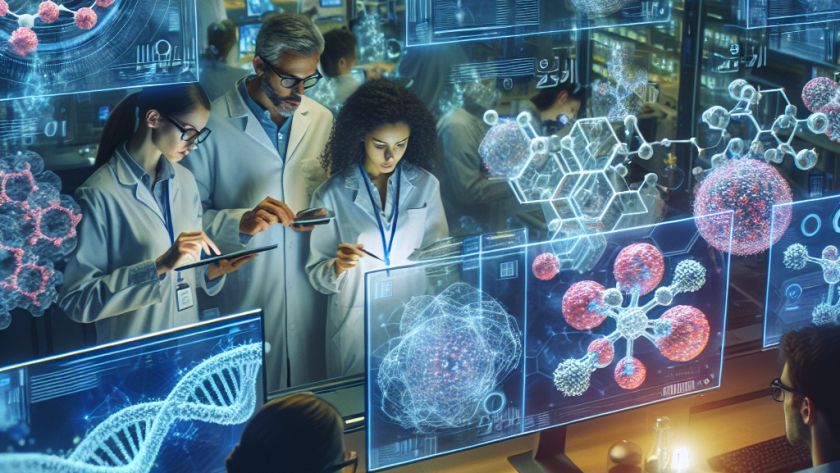Algorithms, Artificial Intelligence, Arts, Augmented and virtual reality, Computer Science and Artificial Intelligence Laboratory (CSAIL), Computer science and technology, Computer vision, Electrical Engineering & Computer Science (eecs), Mathematics, MIT Schwarzman College of Computing, MIT-IBM Watson AI Lab, National Science Foundation (NSF), Research, UncategorizedApril 23, 2024195Views0Likes0Comments




